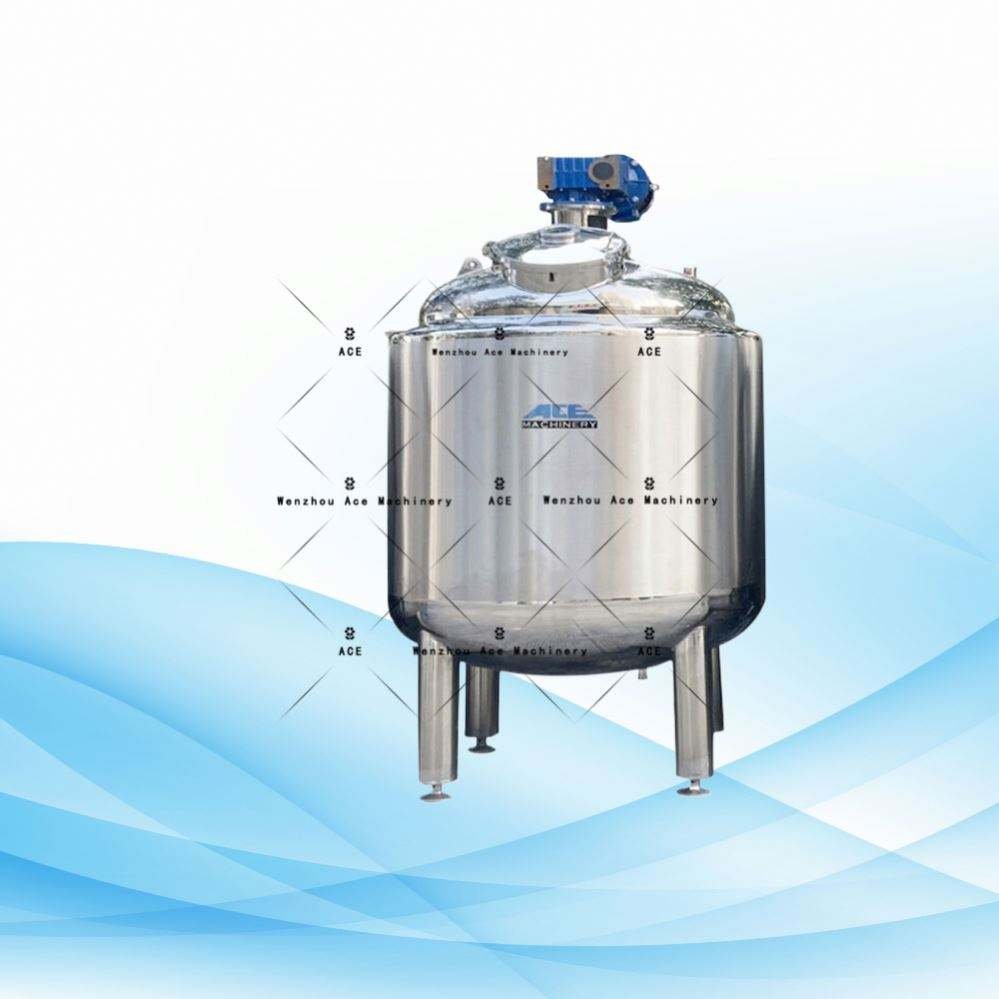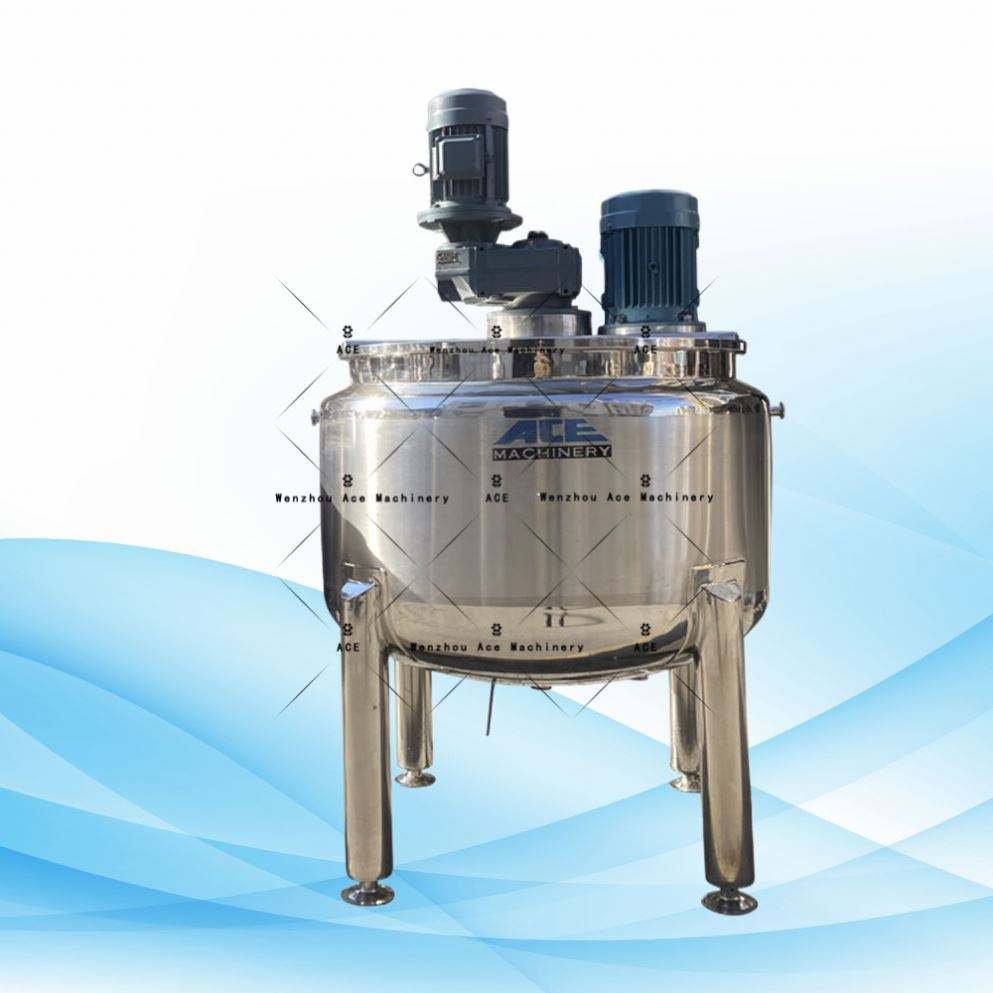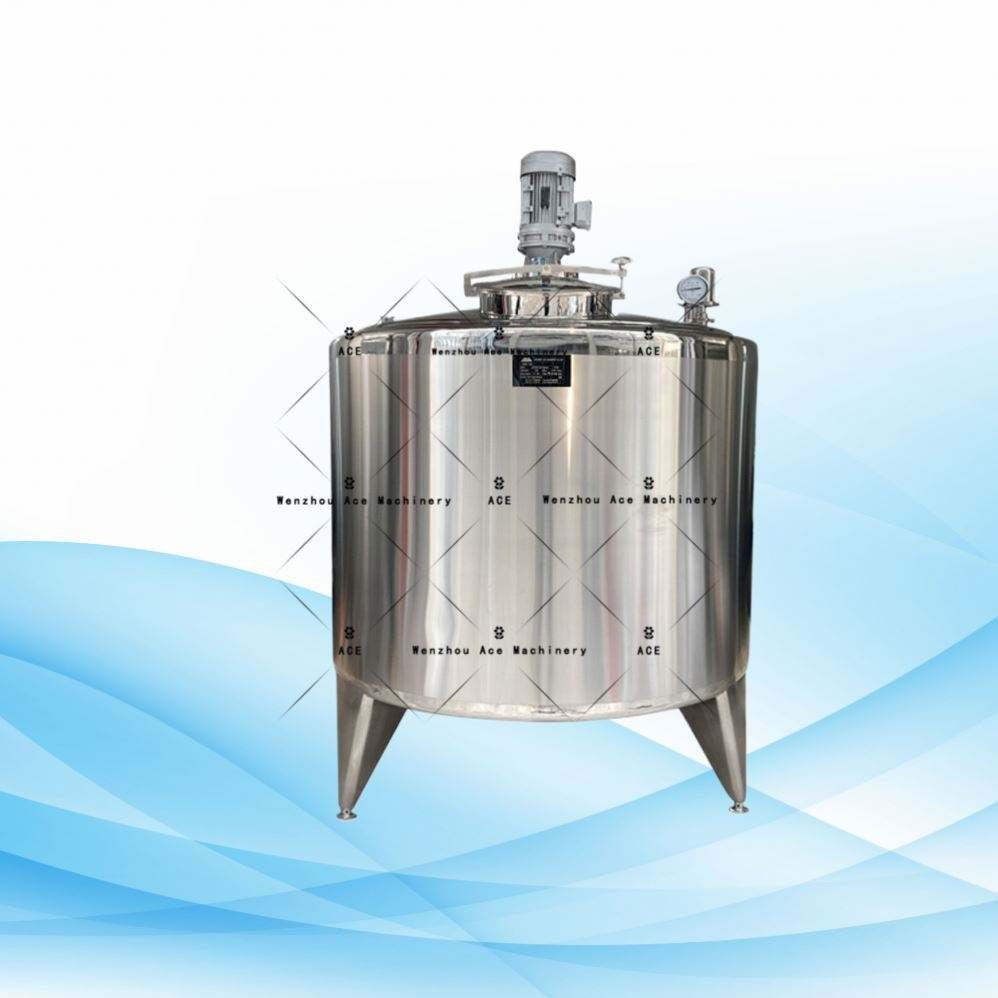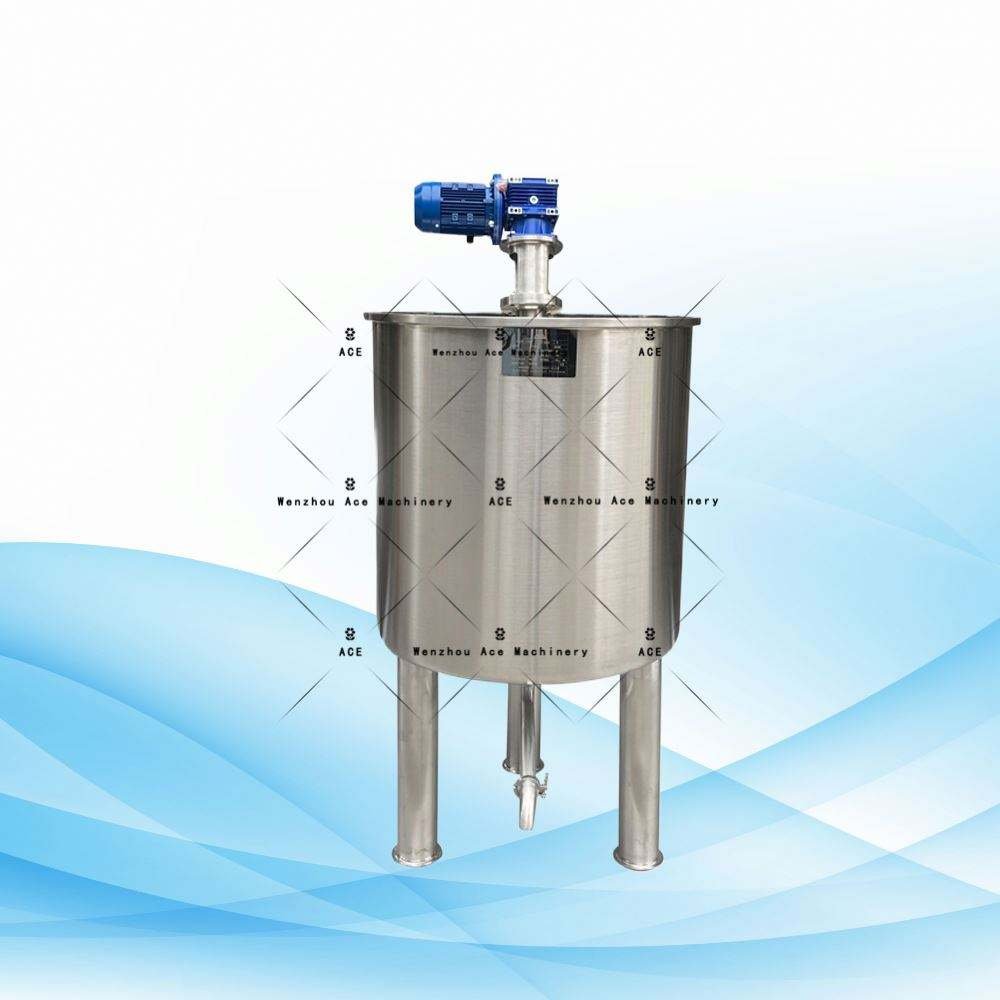As an automatic glue filling machine manufacturer, I’d like to share some insights with you. Before purchasing a glue dispenser, it’s crucial to consider a couple of factors:
1. Basic Characteristics of the Glue
a) Determine whether you’re using a one-component or a two-component adhesive (often referred to as AB glue).
b) If it’s a two-component glue, you’ll need to know the weight ratio of the AB components.
c) Understand the viscosity and density of your adhesive.
d) Learn how long it takes for the adhesive to start curing and the total time required for it to fully cure.
e) Be aware of how the glue is packaged.
2. Specific Requirements for the Glue Dispensing Process
a) What level of precision in filling and quantity of glue is necessary for each product?
b) Determine if the glue is meant for potting, sticking, insulation, moisture-proofing, or dripping.
c) Consider how you plan to achieve the glue application process effectively.
Glue Filling Machine with 304 Stainless Steel
1. Types of Glue
There are various dispensers tailored for different adhesives: a one-component glue dispenser is suited for ordinary glues, a two-liquid dispenser for AB glues, a PU glue dispenser for polyurethane adhesives, and a UV syringe glue dispenser for specific syringe-based applications.
2. Glue Dispensing Process
Semi-automatic machines, like those controlled by foot pedals, are suitable for regular glue filling. For tasks requiring precision, options like desktop devices, three-axis systems, or circle drawing machines are available. It’s important to note that the automatic function is often a secondary feature, while controlling the glue dispensing is the primary role of these machines. Additional functions can be handled by automated robots.
3. Work Efficiency and Environment
For smaller batches or when efficiency isn’t a primary concern, a manual glue gun might suffice. In outdoor settings, a glue gun might be preferable. However, for applications that require a high degree of control over glue quantities, a machine is recommended. When automatic dispensing becomes necessary, using a fully automated machine can be beneficial.
4. Cost Considerations
There are multiple solutions for glue dispensing, and not all involve using machines. Also, automatic dispensing doesn’t always need to be connected to a filling machine. From a cost perspective, if a particular adhesive requires an overly expensive machine, it might be more economical to switch to a different adhesive. Alternatively, if the price of an automated dispenser is prohibitive, repositioning the product instead of relying on a dispenser could be considered.
Important Points When Buying a Glue Dispenser:
First: Understand the features and specifications of your product. Additionally, get familiar with the glue details, such as types like epoxy, polyurethane, and silicone. Know both the viscosity of the main agent and the hardener, and the main agent to hardener mixing ratio, including tolerance ranges.
Second: Grasping the first point simplifies the next steps, allowing you to configure the necessary equipment, including the size of A and B buckets. Decide whether to heat the bucket based on product needs, and choose between employing an automated line or utilizing fixtures. While many customers seek ready-made glue filling machines, a custom solution often better accommodates various shapes and sizes, enhancing maintenance ease and allowing for flexible pricing.
We also offer a liquid glue filling machine for sale. Feel free to reach out for a consultation.






